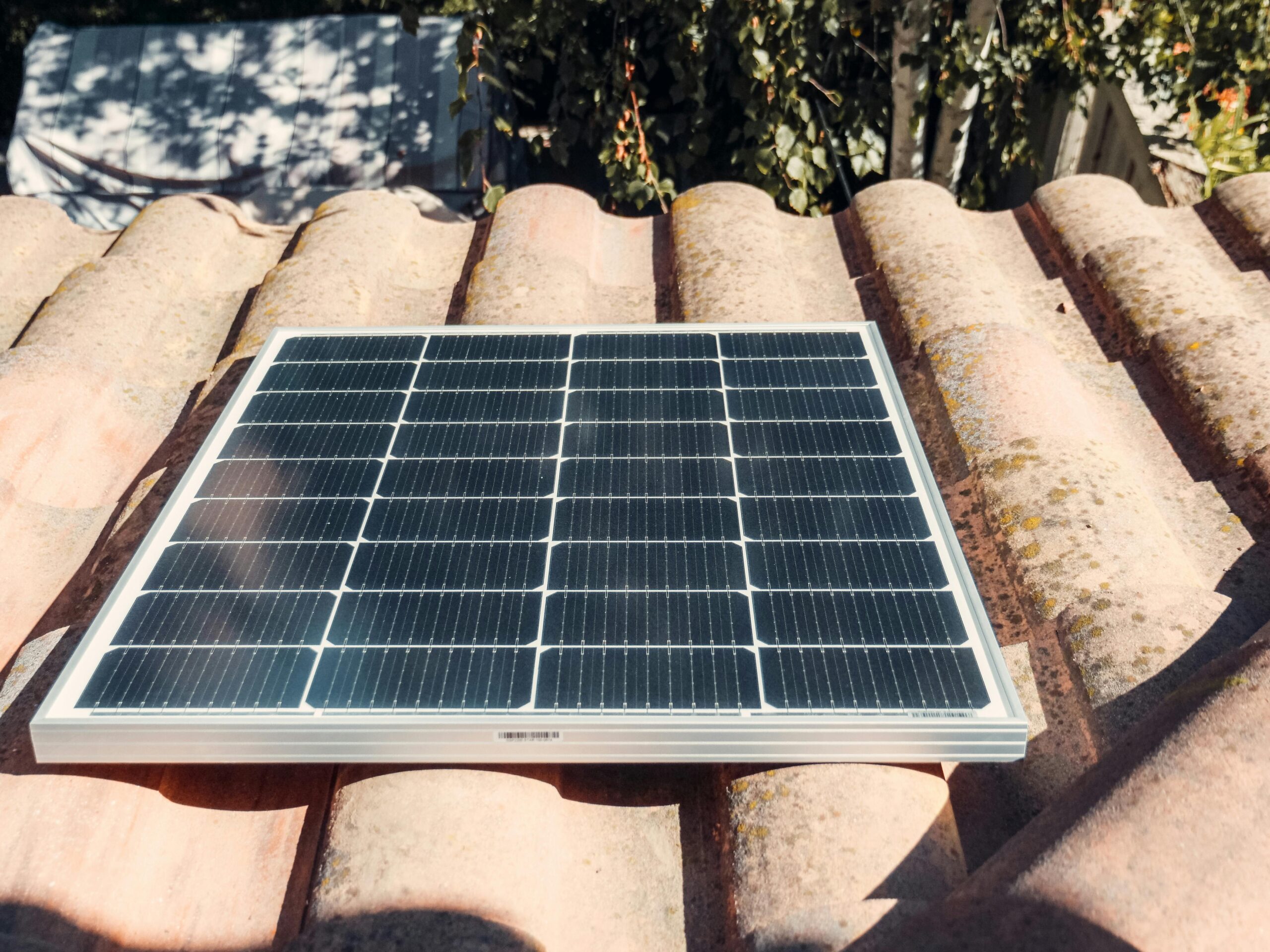In a world where artificial lighting is the norm, we often overlook the power of natural sunlight in brightening up our spaces and our well-being. With longer daylight hours during certain seasons, there’s a simple, impactful change we can make—use natural sunlight instead of artificial lighting whenever possible!
By making this small adjustment, you are not only saving energy and reducing electricity bills but also contributing to Sustainable Development Goal (SDG) 7: Affordable and Clean Energy. SDG 7 focuses on ensuring access to sustainable and modern energy for all, and every small effort counts towards a more energy-efficient world.
Why Embrace Natural Light?
Harnessing sunlight for everyday lighting has numerous benefits:
- Reduces Energy Consumption – Less dependency on artificial lighting means lower electricity usage, leading to cost savings and a reduced carbon footprint.
- Boosts Mood & Productivity – Sunlight exposure triggers serotonin production, which enhances mood and helps maintain focus and energy levels.
- Improves Sleep Quality – Natural light exposure helps regulate your circadian rhythm, ensuring better sleep patterns.
- Promotes Vitamin D Production – Sunlight is a natural source of vitamin D, which is essential for bone health and immune function.
Small Actions to Use More Natural Light
Shifting to natural light doesn’t require a massive lifestyle change—just a few small, intentional steps:
1. Open Your Curtains & Blinds During the Day
Let the sunshine in! Make it a habit to pull back curtains and blinds in the morning to allow natural light to flood your home and workspace.
2. Rearrange Your Space for Maximum Sunlight Exposure
Position desks, reading nooks, and workspaces near windows to reduce the need for artificial lighting during the day.
3. Use Light-Colored Walls & Reflective Surfaces
Bright-colored walls, mirrors, and glossy finishes help amplify natural light throughout a room, reducing the need for additional lighting.
4. Take Breaks Outdoors
Instead of sitting under artificial lights all day, step outside for short breaks, whether it’s for morning coffee, lunch, or a quick stretch.
5. Adjust Your Routine with Daylight Saving Time
Make the most of daylight saving time by adjusting your daily schedule to match natural daylight hours. Start activities earlier in the day and plan tasks that require artificial lighting, like reading or work, during peak daylight hours.
6. Choose LED Bulbs & Smart Lighting
For times when artificial lighting is necessary, opt for LED bulbs and smart lighting systems that mimic natural daylight and consume less energy.
7. Educate & Inspire Others
Encourage family, friends, and coworkers to embrace natural lighting and take small steps to reduce electricity consumption.
Take the Natural Light Challenge!
For the next seven days, challenge yourself to use as much natural light as possible during the daytime. Adjust your schedule to align with natural daylight, especially during daylight saving changes. Observe how it impacts your mood, energy levels, and even your electricity bill. Share your experience and tips with others to inspire change!
By making this conscious effort, you are helping create a more sustainable future while improving your personal well-being. Small actions like these contribute to a larger global impact.
So, let the sun shine in and embrace this simple, eco-friendly habit!
How do you maximize natural light in your daily routine? Share your thoughts in the comments!




